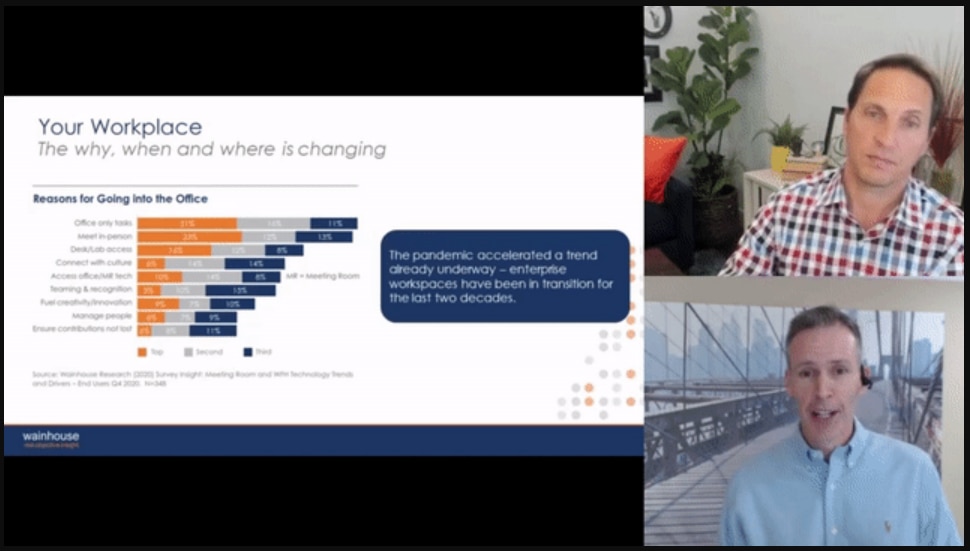-
Featured services
2026 Global AI Report: A Playbook for AI Leaders
Why AI strategy is your business strategy: The acceleration toward an AI-native state. Explore executive insights from AI leaders.
Access the playbook -
Services
View all services and productsLeverage our capabilities to accelerate your business transformation.
-
Services
Network Services
-
Services
Cloud
-
Services
Consulting
-
-
Services
Data and Artificial Intelligence
- AI and Intelligent Solutions
- Data/AI Strategy and Program
- Data Engineering and Platforms
- Data Governance and Management
- Data Visualization and Business Decision
- GenAI Consulting
- GenAI Platforms
- GenAI Industry Services
- GenAI Infrastructure Services
- GenAI Value Transformation
- View Data and Artificial Intelligence
-
Services
Infrastructure Solutions
-
Services
Global Data Centers
-
Services
CX and Digital Products
-
Services
Application Services
-
Services
Sustainability Services
-
Services
Digital Workplace
-
Services
Business Process Services
-
Services
Generative AI
-
Services
Cybersecurity
-
Services
Enterprise Application Platforms
![]()
Accelerate outcomes with agentic AI
Optimize workflows and get results with NTT DATA's Smart AI AgentTM Ecosystem
Create your roadmap -
-
-
Insights
Recent Insights
-
The Future of Networking in 2025 and Beyond
-
Using the cloud to cut costs needs the right approach
When organizations focus on transformation, a move to the cloud can deliver cost savings – but they often need expert advice to help them along their journey
-
Make zero trust security work for your organization
Make zero trust security work for your organization across hybrid work environments.
-
-
![]()
2026 Global AI Report: A Playbook for AI Leaders
Why AI strategy is your business strategy: The acceleration toward an AI-native state. Explore executive insights from AI leaders.
Access the playbook -
-
2026 Global AI Report: A Playbook for AI Leaders
Why AI strategy is your business strategy: The acceleration toward an AI-native state. Explore executive insights from AI leaders.
Access the playbook -
Discover how we accelerate your business transformation
-
About us
CLIENT STORIES
-
Liantis
Over time, Liantis – an established HR company in Belgium – had built up data islands and isolated solutions as part of their legacy system.
-
Randstad
We ensured that Randstad’s migration to Genesys Cloud CX had no impact on availability, ensuring an exceptional user experience for clients and talent.
-
-
CLIENT STORIES
-
Liantis
Over time, Liantis – an established HR company in Belgium – had built up data islands and isolated solutions as part of their legacy system.
-
Randstad
We ensured that Randstad’s migration to Genesys Cloud CX had no impact on availability, ensuring an exceptional user experience for clients and talent.
-
![]()
2026 Global AI Report: A Playbook for AI Leaders
Why AI strategy is your business strategy: The acceleration toward an AI-native state. Explore executive insights from AI leaders.
Access the playbook -
- Careers
Topics in this article
Remember when Covid-19 hit hard? How we all suddenly shifted to new ways of being and doing? It affected all of us. Yet within the IT industry – and certainly within NTT – many of the changes deployed for clients focused on their workplace communications strategy were not wholly new; just accelerated.
Prior to the pandemic, many organizations were already migrating their communications and collaboration tools to the cloud. Those further ahead with their workplace communications strategy were more easily able to ramp up their deployment and continue with minimal disruption. Others had to move quickly through the gears to implement workarounds and business continuity plans to enable remote working.
The world’s largest remote-working experiment: the results are in
That was then. But what about now? We’re all heading back to the office, aren’t we? You probably know the answer: not so fast; not so much. One common view is that any return to the office, won’t be a return to how things used to be. In the video below, Craig Durr, senior analyst, Wainhouse Research estimates that around 75% of all work used to be office-based.
Yet, what the world’s largest remote-working experiment has shown it doesn’t need to be. As Scott McMaster, MD, Americas, Cloud Communications division of NTT says in the video: ‘Everyone discovered that what you thought you couldn’t do working remotely…you actually could’.
No surprise that although many people miss communing with colleagues in person, they see daily commuting as a faulty default. Why spend hours traveling just to be able to send an ‘on-prem’ email? Why travel to your office just to message or call a colleague in another building, city or continent? You can do it – pets and other family members permitting – just as easily from home.
Querying quaint but antiquated ways of working
And it’s not just employees that are eyeing up a change to the status quo. From Manchester to Madrid, Melbourne to Manhattan, and all points in-between, senior execs sense the savings from reducing the office footprint.
What’s more, HR teams know that extending flexible working options to the wider workforce will make it easier to retain and recruit. There’s a growing army of people who now need real alternatives. They’ve seen through what they see as quaint, but increasingly antiquated, vanilla ways of working.
It sounds great. But it’s still early days. Many organizations want to cater for a remote-working nirvana, but the path has some tricky steps along the way. For example, people still get their work done, even if they’re not in the building, but overall productivity is down. Rather than swapping commute time for quality time on family, health or well-being, many people just spend more hours working. When will we – myself included – ever learn!
Reframing the approach to enterprise communications
It’s why the focus is not just on where we work, but how we work. And how to make it happen. In the video below, Craig Durr outlines the findings from a new Wainhouse study, sponsored by NTT, ‘Reframing the Approach to Enterprise Communications’.
One key finding is that, yes, people are willing to come to the office, but primarily for specific activity-based occasions. These include connecting with others; attending a particular meeting; or using specific equipment.
By contrast, other work is routinely more individual. Creating a presentation or writing an article – like this – can benefit from focus and flow. These tasks can be better performed without the distractions of a busy open-plan office. The new normal needs new thinking about how to use space wisely. As Craig suggests, re-deployed as a ‘hub and club’, your office can provide a productive, inspiring environment for visiting colleagues.
It’s indicative of the overall challenge for all IT administrators and decision-makers. You need to cater for people whether on-prem or off-site. It’s not enough to ensure the communication and collaboration tools you deploy ably support business goals. It’s not even enough – though crucial – that they are secure, compliant and future-proofed. You also need to ensure a superb employee experience.
The increasing focus on employee experience
This increased focus on employee experience is a rapidly emerging trend. It’s doubtless related to the pandemic and growing awareness and concern about the world around us; in our role as individuals and global citizens. Employees want to feel empowered, and – Generation Z values to the fore – a fulfilling, meaningful experience at work. They want to understand organizational goals, to ‘lean in’; to influence and contribute. Again, it’s where and why workplace communications and collaboration technologies matter so much. Only with the right tools deployed the right way, can employees fully participate, collaborate, and be productive. And often this will be via virtual, not next-desk, proximity.
Workflows, workforces, workplaces: take a holistic approach
In the video below, Scott and Craig explore these themes further. You’ll hear about the need to get employee experience right as well as the hybrid worker model. In addition, they discuss how you can de-risk your migration to the cloud.
Topics in this article
Core to the discussion is Wainhouse’s own ‘3Ws’ approach. This seeks to re-frame how we think about enterprise communications. Perhaps surprisingly, it puts technology to one side. It instead suggests the focus of your workplace communications strategy should be, by turns, on the Workflows, Workforces and Workplaces within your organization. This approach will help you get a real understanding of the needs of the business and its employees. With a fully rounded view, you can then factor in technology and plan an ecosystem that supports your business outcomes.
Aiming for an actionable deployment plan
NTT has sponsored this new independent study by Wainhouse and their approach aligns with our own methodology, the Cloud Deployment Framework. This is a proven process we use to take our clients through every stage of their transformation journey. It considers all the variables you need to consider in deploying your communication and collaboration tools to the cloud. These include the mapping of personas, activity-based working, budgets, timelines, and technology requirements. Its comprehensive approach accommodates business drivers as well as end-user needs. Your end result is an actionable deployment plan.
Next steps for your workplace communications strategy…
So, what next? Do watch the discussion above to hear Craig expand on the ‘3Ws’. You’ll also hear from Scott with ‘feet on the street’ insights from our own client work and within NTT. Do also get your free copy of the Wainhouse Research report.
Do also get in touch if you’d like to discuss how we can partner with you on your organization’s transformation journey.





